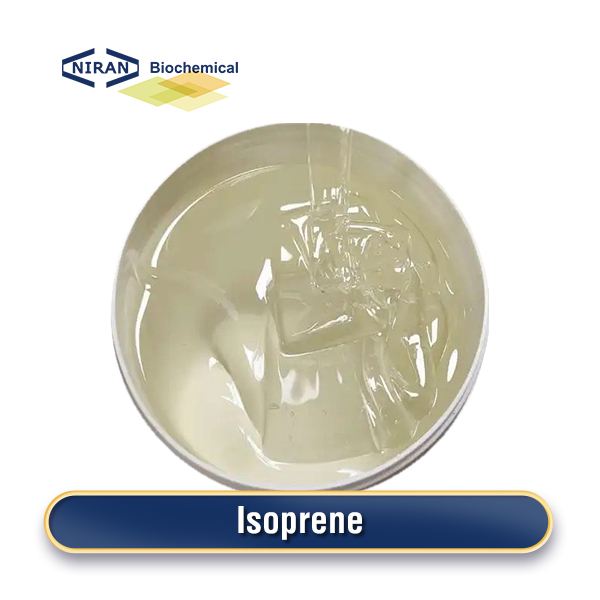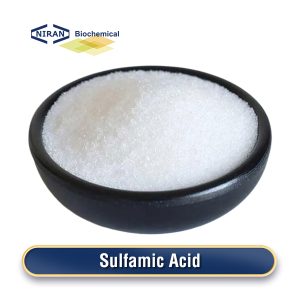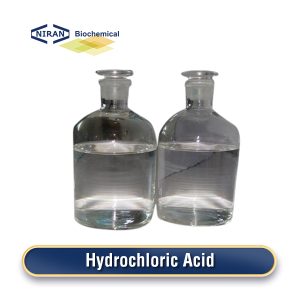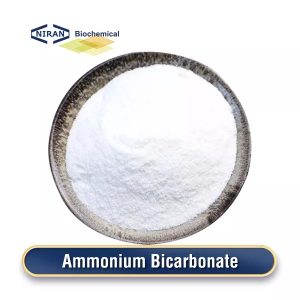Isoprene
- CAS Number: 78-79-5
- Chemical Formula: C5H8
- MOQ: 1000KG
- Shelf Life: 2 years
- Types: Oily liquid
- Synonyms: 2-Methyl-1,3-butadiene/ Isoprene Rubber Monomer/ 2-Methylbutadiene
Product Description
What Is Isoprene?
Isoprene (C5H8) is a volatile organic compound primarily used in the manufacture of synthetic rubber, especially polyisoprene.
It is predominantly synthesized through the isomerization of butenes, wherein butenes derived from petroleum are converted into isoprene using a metal catalyst. Alternatively, isoprene can be extracted from natural sources like rubber trees or produced via bio-based methods, where engineered microorganisms convert renewable feedstocks into isoprene. It is widely used in producing tires, medical gloves, and a variety of elastomeric products.
Related Parameters:
| Items | Standards |
| Hazen (Color, Hazen Scale) | ≤ 30 |
| Isoprene Content (wt%) | ≥ 99.5 |
| Isoprene Dimer Content (wt%) | ≤ 0.20 |
| Alkanes and Alkenes (wt%) | Margin |
| Cyclopentadiene (mg/kg) | ≤ 5 |
| Total Acetylene (mg/kg) | ≤ 50 |
| Piperylene (mg/kg) | ≤ 80 |
| Dimethylformamide (mg/kg) | ≤ 10 |
| Sulfur (mg/kg) | ≤ 5 |
| Carbonyl Compounds (mg/kg) | ≤ 10 |
| Water Content (mg/kg) | ≤ 200 |
| TBC (Stabilizer, ppm) | ≥ 100 |
Recommended Dosage of Isoprene:
| Applications | Dosage |
| Synthetic Rubber | 50%–80% |
| Adhesives and Sealants | 5%–15% |
| Fragrances and Flavors | 0.5%–5% |
| Plastics and Resins | 1%–10% |
| Pharmaceuticals and Medical Use | 0.1%–2% |
Isoprene Has Wide Range of Uses:
- Synthetic Rubber: It is the primary raw material for manufacturing polyisoprene rubber, used in tires, medical gloves, and other elastic products.
- Adhesives and Sealants: Used to produce flexible and durable adhesives, sealants, and coatings for industrial and consumer applications.
- Fragrances and Flavors: Acts as a precursor for creating aromatic compounds used in perfumes, cosmetics, and food flavorings.
- Plastics and Resins: Improves the elasticity and durability of specialty plastics and resins.
- Medical Applications: Indispensable in the production of biocompatible products, including surgical gloves and medical tubing, owing to its exceptional flexibility and safety profile.
User Asked Question:
Q: What are the storage requirements for Isoprene?
A: Isoprene, being highly flammable, must be stored in a ventilated area, clear of heat, sparks, and flames. It must be stored in tightly sealed containers, ideally kept in a cool, dry place, and shielded from direct sunlight, heat, and any potential ignition sources to ensure safety and preserve its integrity.




